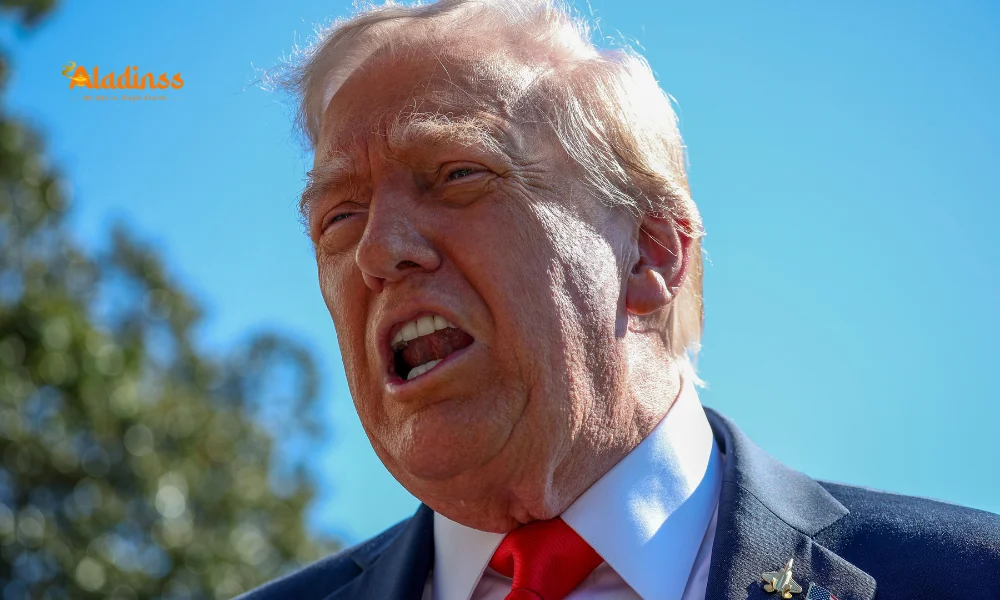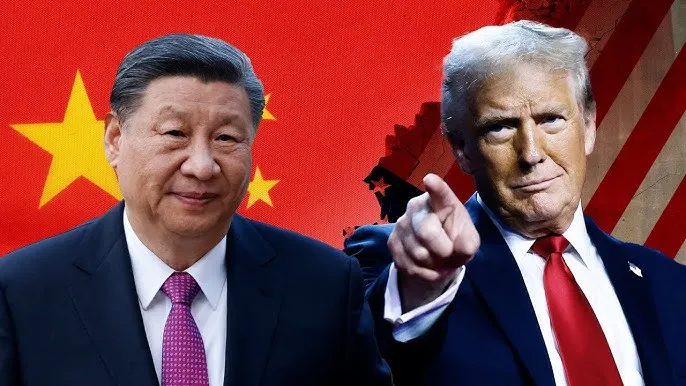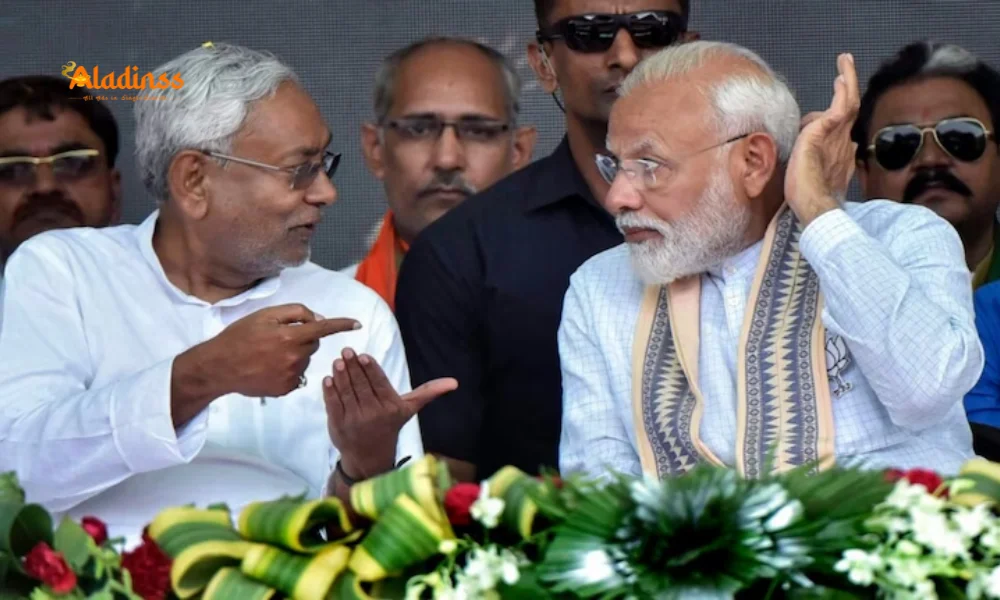Trump Hits China with 100% Tariffs in Trade Clash

Trump Escalates US-China Trade War with 100% Tariffs on Imports
US President Donald Trump has ignited fresh tensions in the ongoing US China trade war by declaring a staggering 100% tariff on all Chinese imports, effective November 1, 2025. This bold move comes in direct retaliation to Beijing's recent imposition of stringent export controls on rare earth elements and other vital materials, which Trump labeled as an "extraordinarily aggressive position" in a fiery post on his Truth Social platform. The announcement also includes sweeping US export controls on critical software, signaling a deepening rift that could upend global supply chains and international trade norms.
Trump's tariff hike, described as a "moral disgrace" in response to China's "hostile letter" to the world, affects virtually every product from the Asian powerhouse. Speaking exclusively for the United States, he emphasized that this unprecedented escalation-over and above existing duties-aims to counter what he sees as a long-planned assault on fair commerce. As the world watches, questions swirl around the fate of a planned Trump Xi meeting at the APEC summit in South Korea, with the president expressing doubts about proceeding amid these port fees China has slapped on US-linked vessels.

The commerce ministry in Beijing fired back, calling the new port fees-starting Tuesday for ships owned, operated, or flagged by US entities-a "justified" act of self-defense. They argue it counters discriminatory practices harming China's shipping industry and disrupts the stability of the global supply chain. This back-and-forth underscores the fragile state of diplomatic ties, where a single aggressive trade position can trigger massive tariffs and export controls China never anticipated.
Details of Trump's Tariff Announcement and Export Measures
In his Truth Social Trump post, the president outlined the rationale behind the 100% tariff on China, tying it to Beijing's decision to enforce large-scale export controls on nearly all products starting November 1, 2025. "This affects ALL Countries, without exception," he wrote, decrying it as unheard of in international trade. The measures, he claimed, were devised years ago, positioning China as the aggressor in this latest chapter of the trade war.
Beyond the tariffs, Trump introduced export controls on any and all critical software, a move designed to safeguard US technological edges. This comes atop earlier threats of a massive increase of tariffs following accusations of a hostile trade offensive via restrictions on rare earth elements tariffs. Analysts view this as a strategic pivot, leveraging America's leverage in software to offset China's dominance in minerals essential for electronics and defense.
The timing aligns with escalating rhetoric, as Trump had already hinted at pulling back from diplomatic overtures. His statement on the Trump Xi meeting uncertainty at APEC South Korea 2025 adds a personal layer, suggesting "no reason" to engage while Beijing pursues what he calls discriminatory port fees.
Also Read: MEA Denies Role in Taliban Press Meet Furore
Beijing's Countermeasures and Accusations of Discrimination
China's response was swift and pointed, with the commerce ministry announcing additional port fees per voyage for US-influenced vessels as a direct riposte. Effective immediately from Tuesday, these fees target ships built in the US or bearing its flag, aiming to protect the legitimate interests of China's shipping industry. Beijing contends that US actions have severely damaged these interests, seriously disrupting the stability of the global supply chain and undermining the international economic and trade order.
In a statement, the ministry framed the port fees China as "clearly discriminatory" yet essential self defence China against perceived imbalances in global shipping and shipbuilding markets. Reuters quoted officials emphasizing that these countermeasures are justified, focused on restoring fairness rather than outright aggression. This narrative contrasts sharply with Trump's portrayal of Beijing's moves as a moral disgrace, highlighting the divergent views fueling the US China tariffs escalation.
The feud over rare earth exports has long simmered, with China controlling over 80% of global supply. By tightening controls on these key materials, Beijing has effectively weaponized its resources, prompting Trump's aggressive trade position and vows of retaliation.
Uncertain Future for Trump Xi Meeting at APEC Summit
The shadow of trade tensions looms large over the anticipated Trump Xi meeting, scheduled in about two weeks at the APEC summit in South Korea. Trump, who has not formally canceled, admitted he's "not sure" about attending, citing the lack of rationale amid Beijing's hostile letter and export controls. This hesitation marks a potential derailment of what could have been a pivotal dialogue to ease frictions.
Diplomatic watchers note that the APEC 2025 gathering in South Korea was eyed as a neutral ground for de-escalation, but recent salvos have dimmed prospects. Trump's public musing on Truth Social Trump amplifies the drama, turning personal diplomacy into a bargaining chip in the broader trade war narrative.
Should the meeting proceed, it might address not just tariffs but deeper issues like critical software restrictions and the flow of rare earth elements. Yet, with both sides digging in-US with massive tariffs and China with port fees-the path to reconciliation appears fraught.
Broader Implications for Global Economy and Supply Chains
The ripple effects of this US China trade war resurgence could reshape international trade landscapes. A 100% tariff on China would inflate costs for American consumers and businesses reliant on Chinese manufacturing, from electronics to apparel. Coupled with export controls on critical software, it threatens innovation in sectors like AI and cybersecurity, where US firms lead.
China's export controls China on rare earths-vital for batteries, magnets, and renewables-exacerbate vulnerabilities in the global supply chain. Industries worldwide, from automotive to defense, face shortages, potentially driving up prices and stalling growth. Beijing's commerce ministry warns that such disruptions undermine the international economic and trade order, a sentiment echoed by economists forecasting slowed GDP in affected nations.
The shipping industry bears immediate brunt from port fees China, with US-linked vessels facing hikes that could reroute trade flows. This might boost alternatives like Vietnam or Mexico but at higher short-term costs, testing the resilience of global commerce.
Historical Context and Expert Analysis on Trade Tensions
This flare-up revisits the playbook from Trump's first term, when US China tariffs first surged amid similar disputes. Back then, billions in duties reshaped alliances and prompted supply chain diversifications. Today, with stakes higher post-pandemic, experts like those at the Brookings Institution predict prolonged uncertainty if the Trump Xi meeting falters.
Analysts dissect Trump's aggressive trade position as both protective and provocative, potentially isolating China while risking allied backlash. Beijing's self defence China via countermeasures, meanwhile, aligns with its "dual circulation" strategy to bolster domestic resilience against external pressures.
- Escalation could spike inflation in the US by 2-3% on imported goods.
- Rare earth shortages might delay green energy transitions globally.
- Software export controls could fragment tech standards, hindering collaboration.
- Diplomatic voids at APEC might embolden other players like the EU in mediation.
As November 1, 2025, approaches, markets brace for volatility. Investors eye the tariff war China dynamics, with stock dips in tech and manufacturing signaling caution.
Prospects for De-Escalation and Policy Recommendations
Despite the bluster, glimmers of negotiation persist. Third-party mediators, including ASEAN nations, could facilitate backchannel talks to avert full-blown disruption. Policymakers urge diversified sourcing for rare earth exports and incentives for domestic production to mitigate risks.
For the US, bolstering alliances via frameworks like the Quad could counterbalance China's moves. Beijing, in turn, might recalibrate if tariffs bite into its export engine. The key lies in restoring dialogue, perhaps salvaging the Trump Xi meeting to chart a multilateral path forward.
In this high-stakes chess game of international trade, both powers wield formidable pieces. Trump's 100% tariff on China, while a thunderous gambit, invites scrutiny on long-term efficacy. As the world navigates these turbulent waters, the hope remains for cooler heads to prevail before irreversible damage sets in.
This episode reinforces the interconnected fragility of modern economies, where a hostile letter or port fee can cascade into global tremors. Stakeholders from Wall Street to Shanghai watch intently, pondering if this marks the zenith of tensions or merely a prelude to deeper entanglements.
Comment / Reply From
No comments yet. Be the first to comment!











